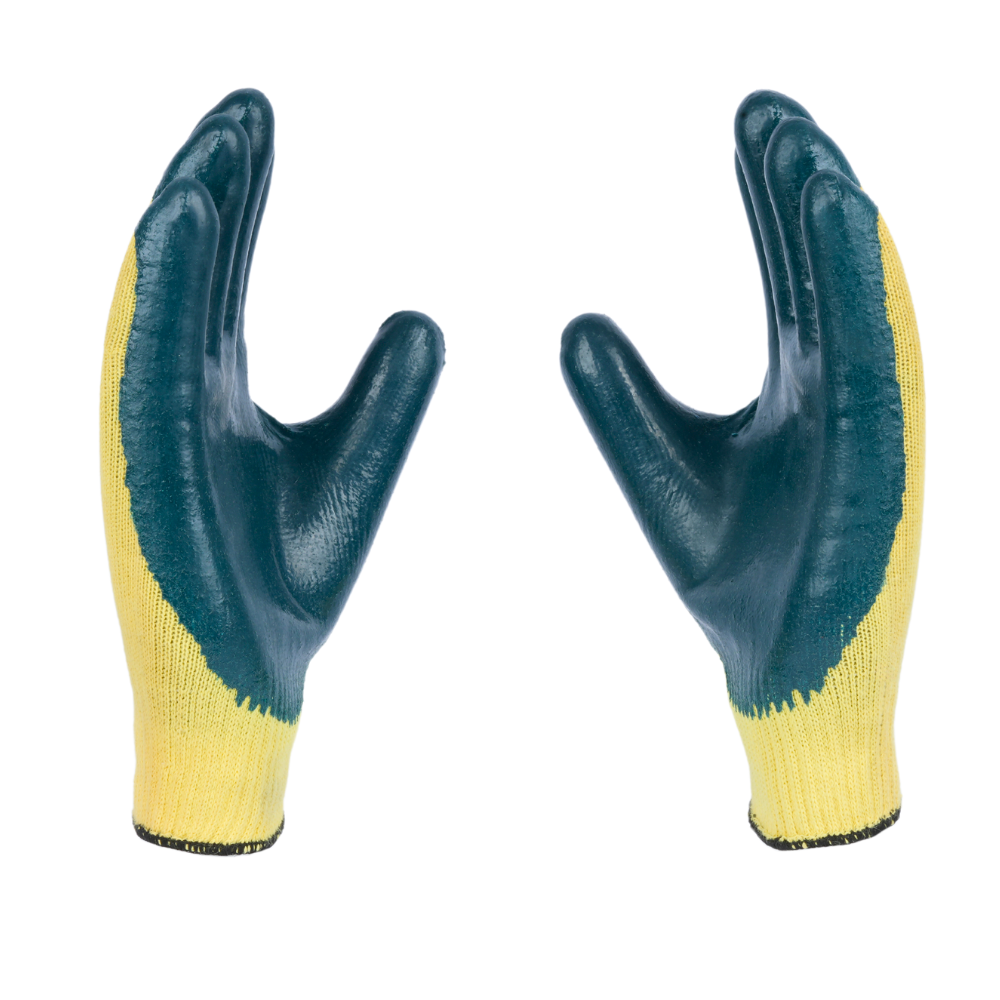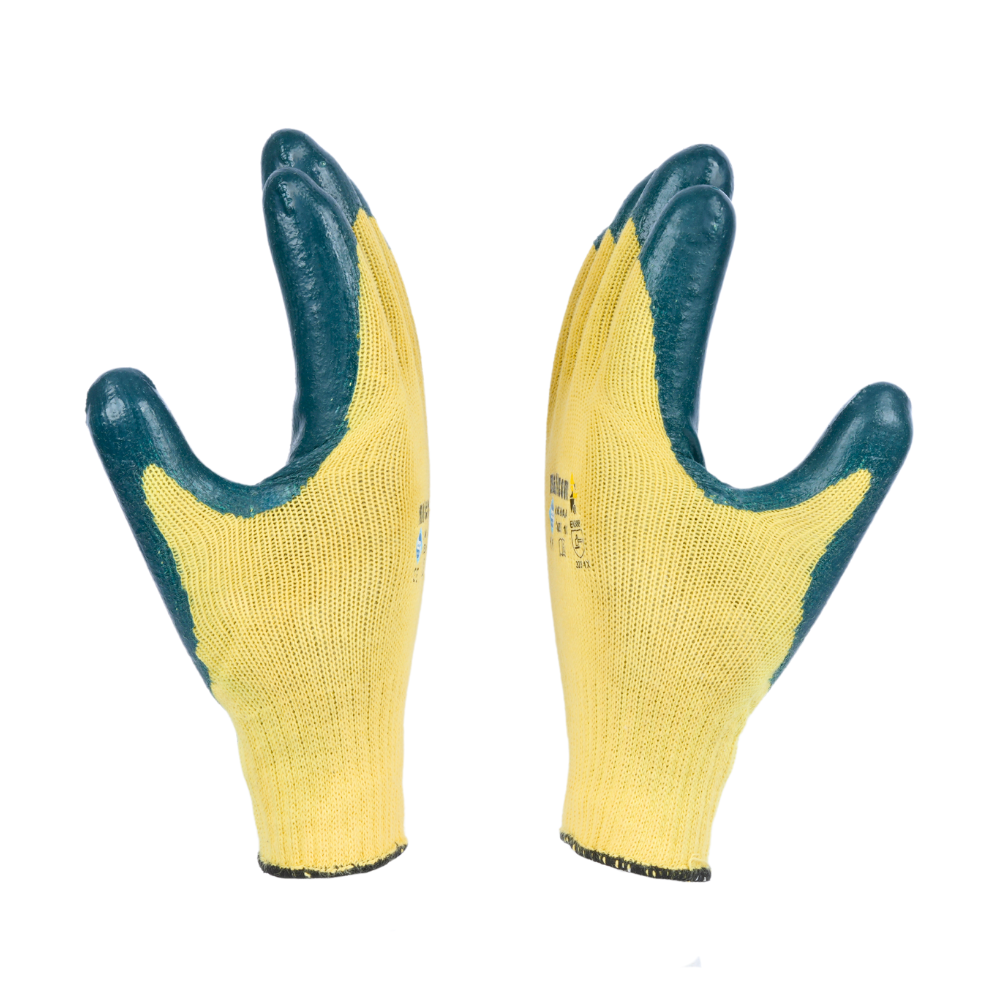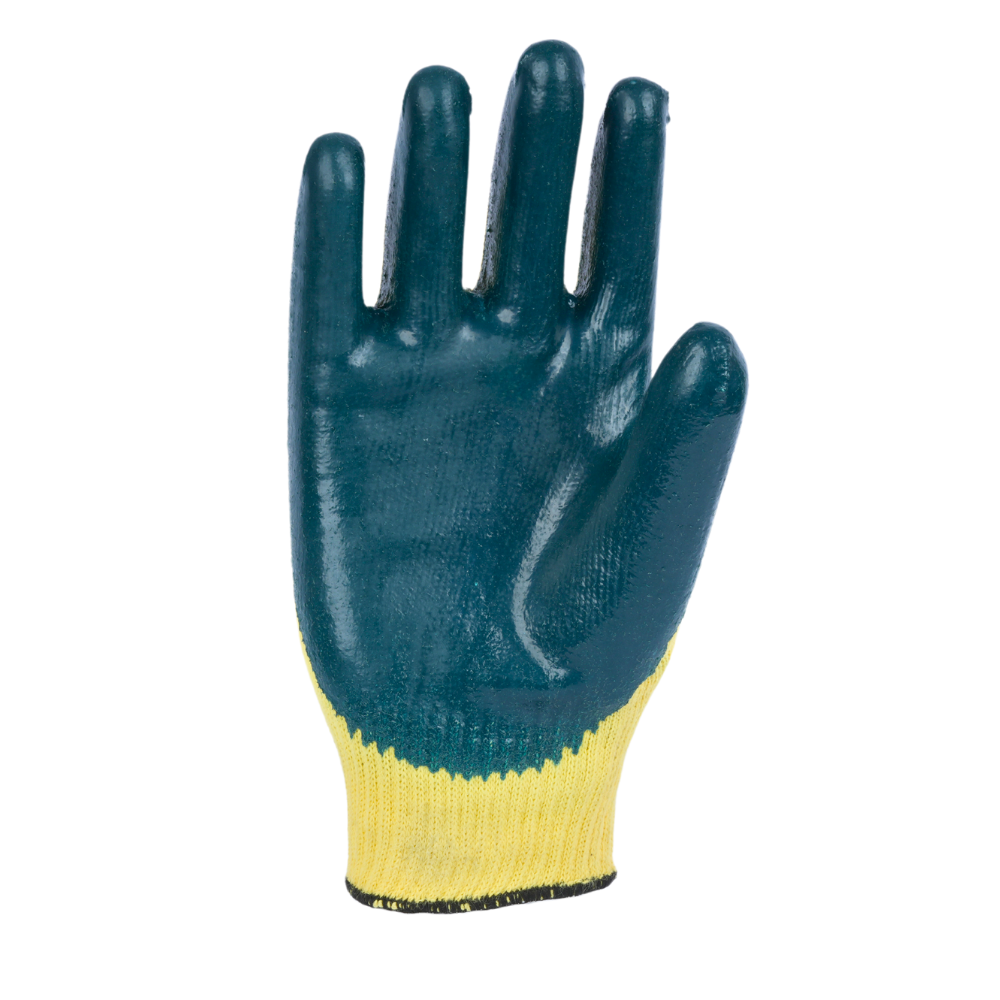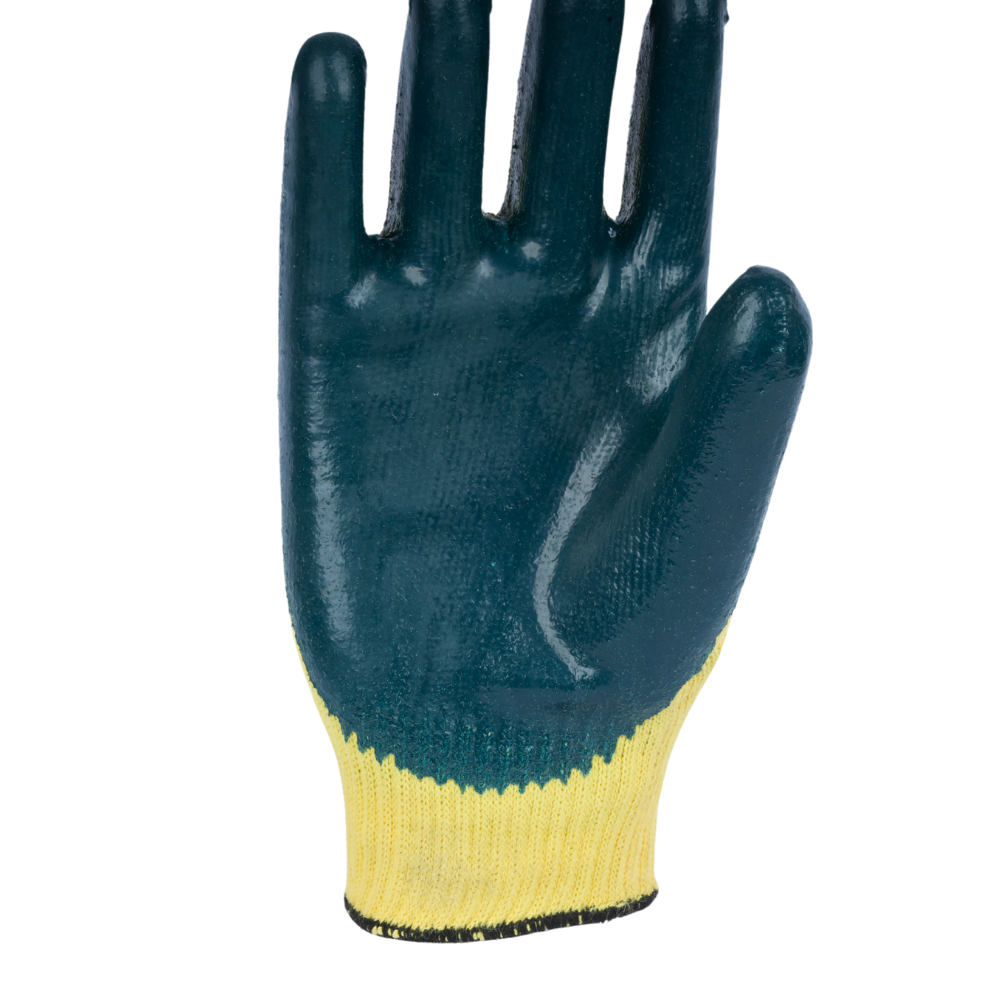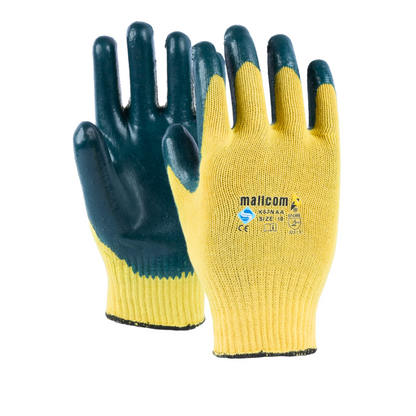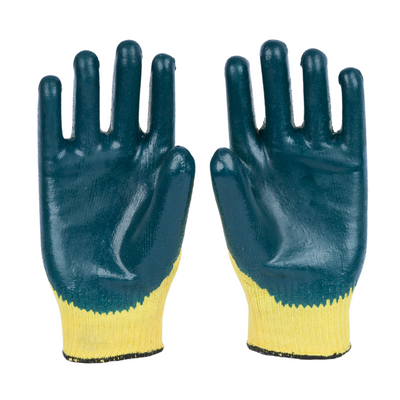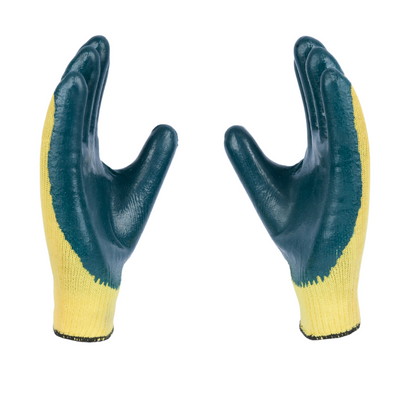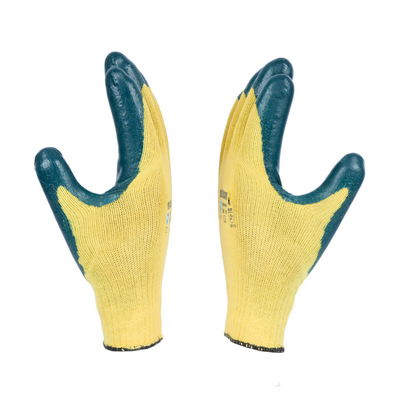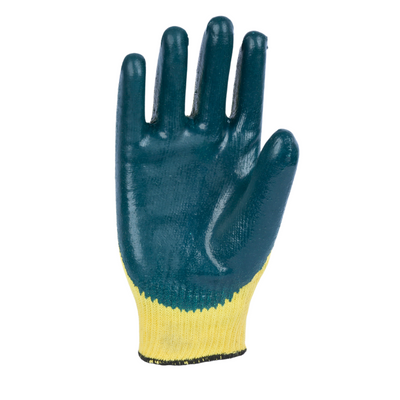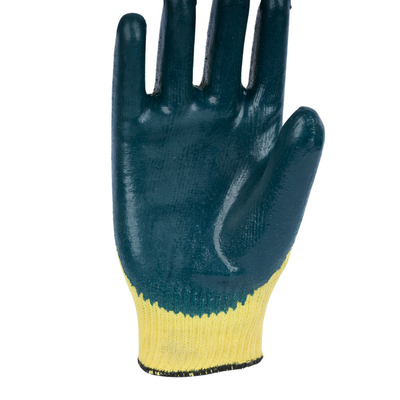K63NAA
Share
Latex Gloves
- Nitrile coating on para-aramid string knits
- Available in light, medium and heavy shells
- Excellent cut and abrasion-resistant
- A comfortable glove with excellent dexterity, enhanced grip particularly useful in a slippery and oily environment.
Cut Resistant
Dirty Environment
Knitted Wrist
Welding
CE
EN 388
Delivery & Services

Easy Return
with our 15 days return poicy
Regular price
Rs. 0
Sale price
Rs. 0
Regular price
Tax included.
Shipping calculated at checkout.
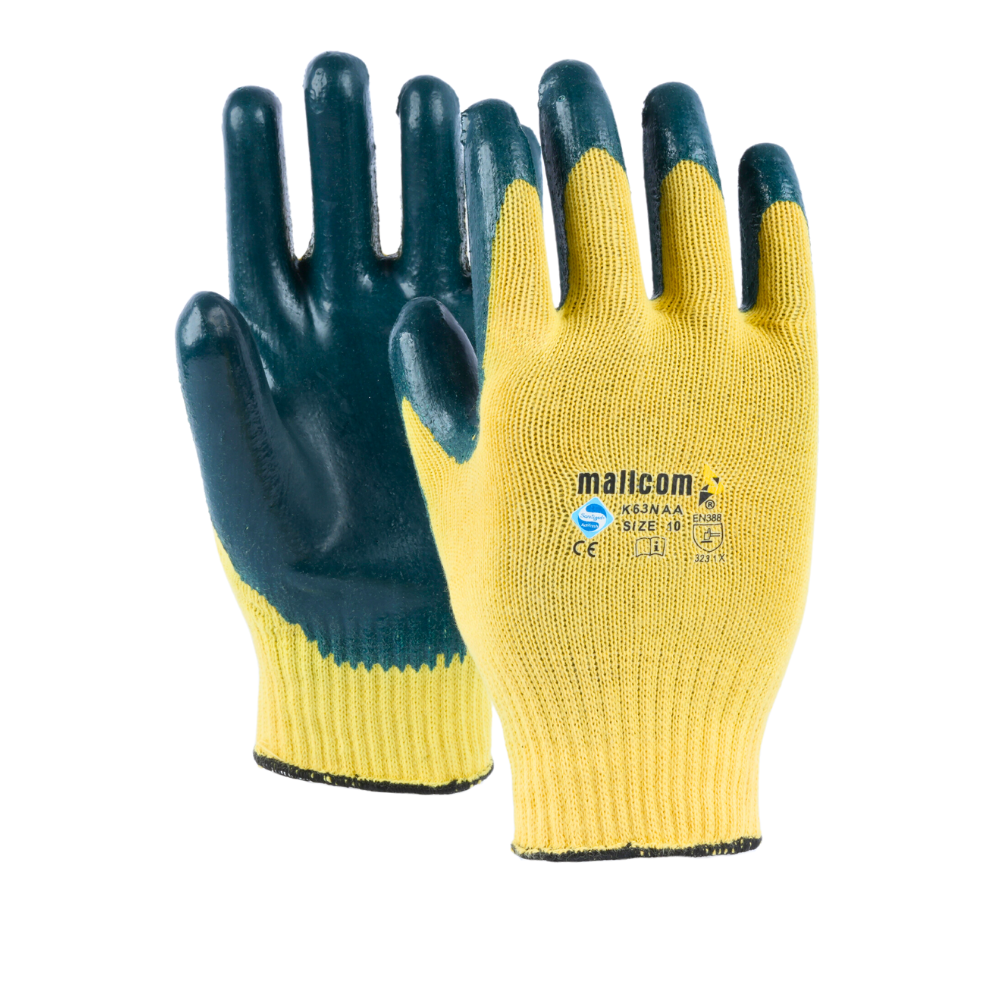
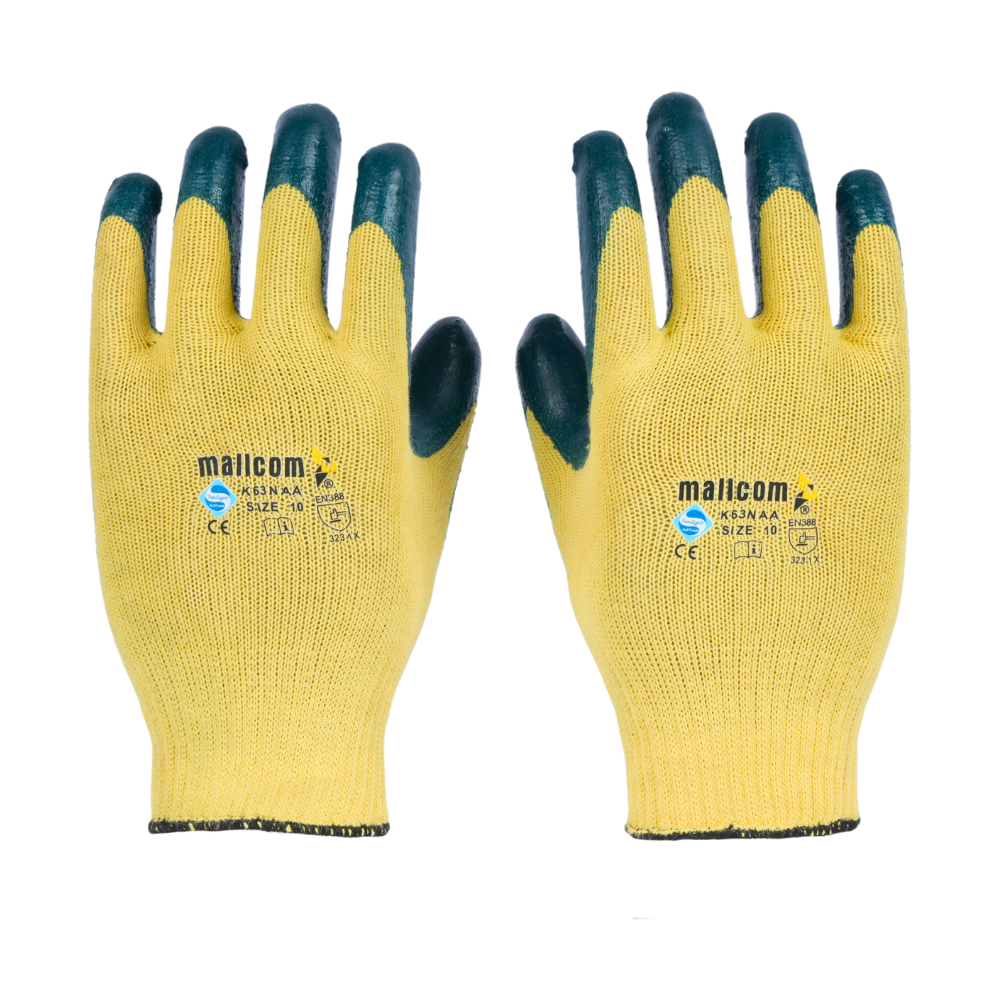
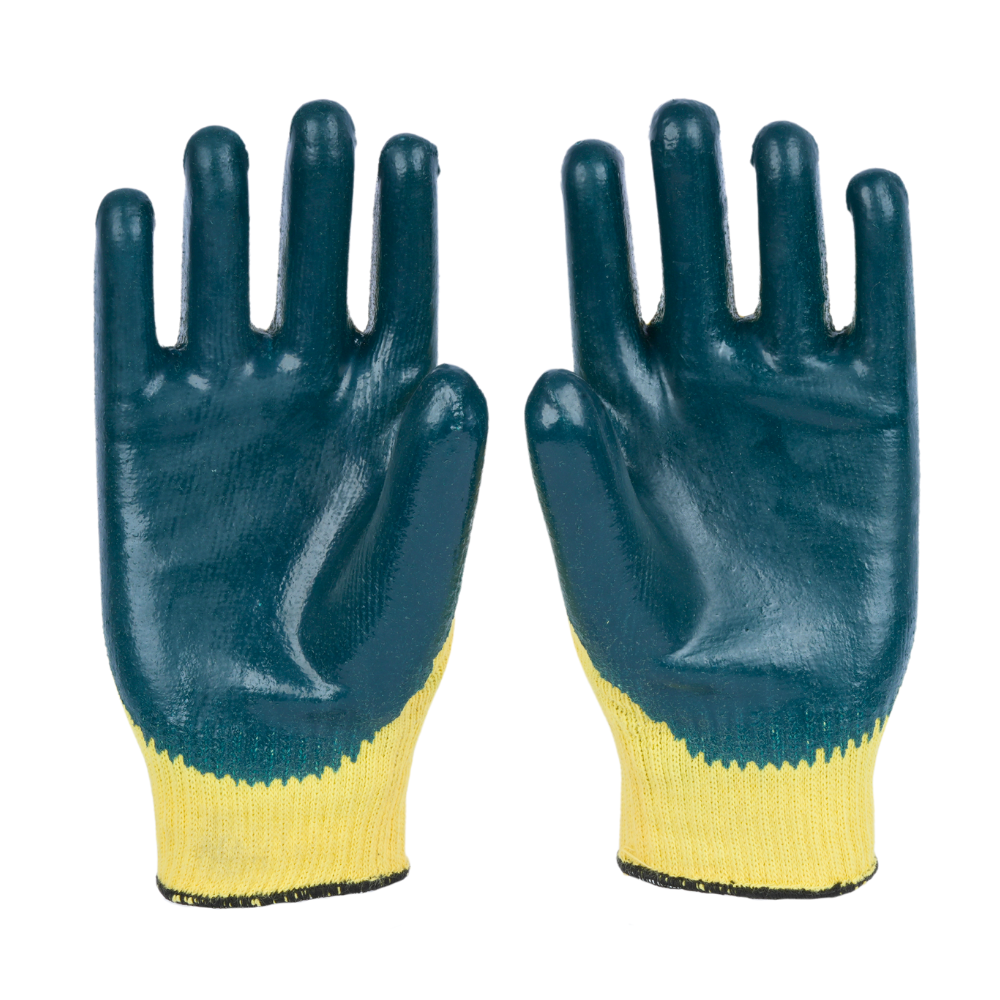
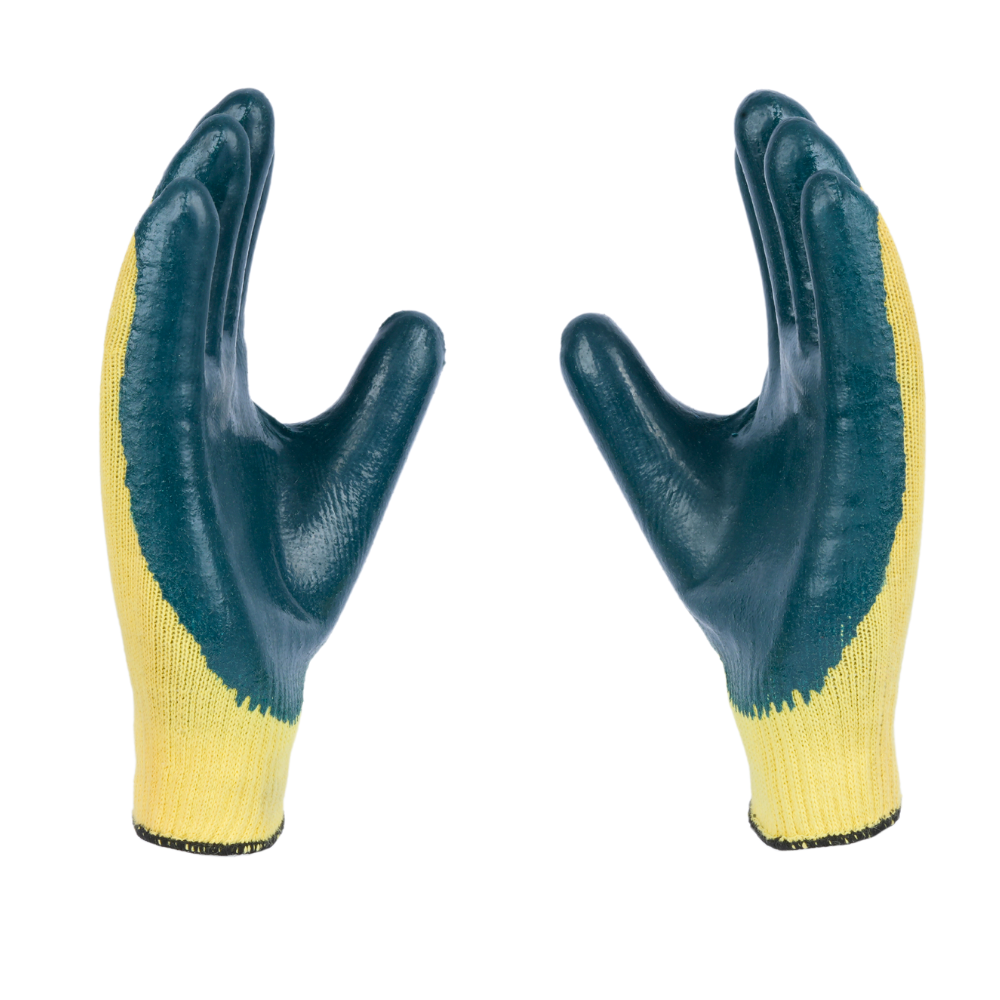
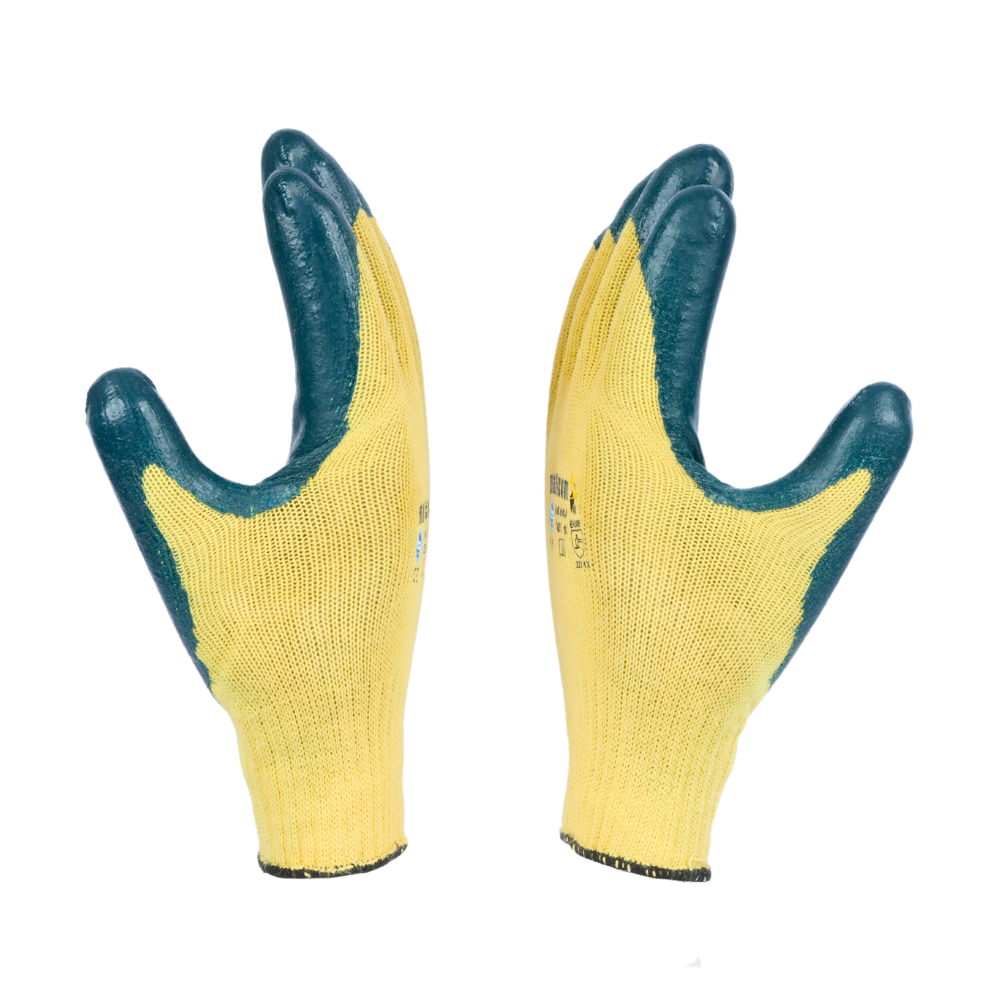
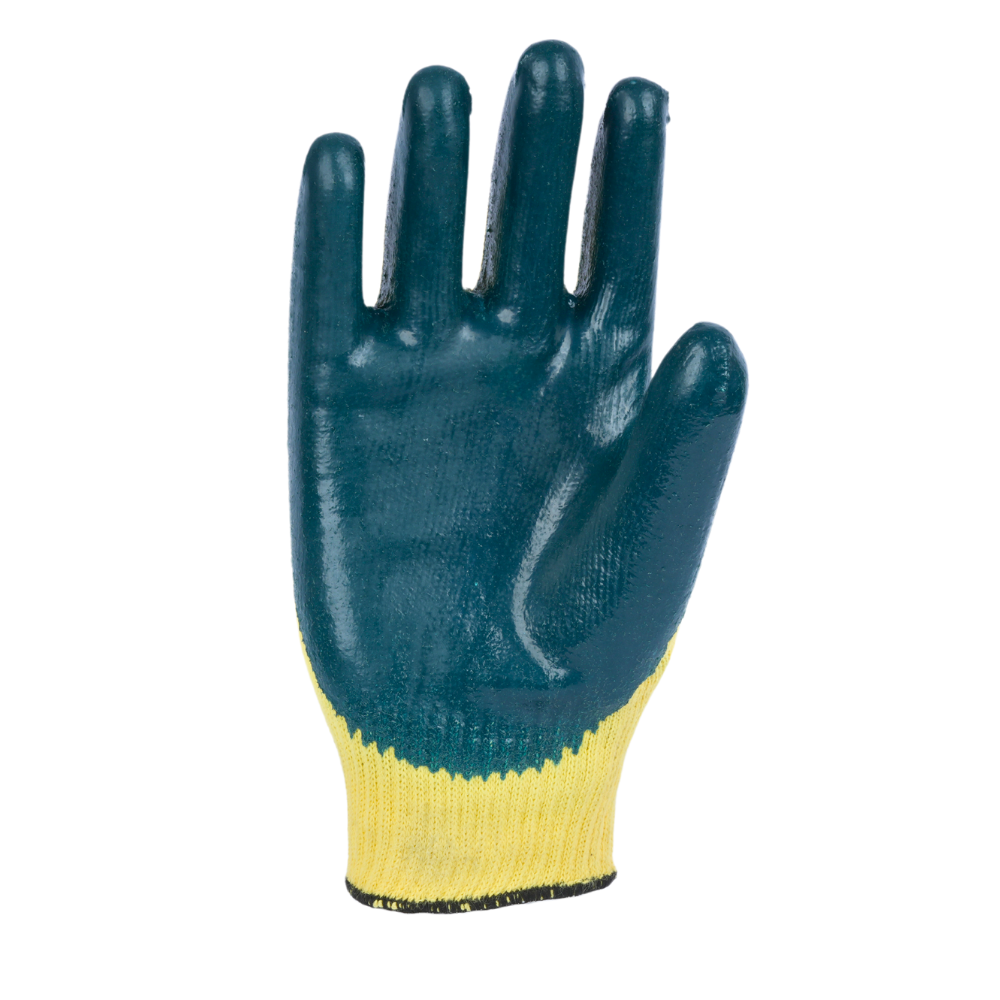
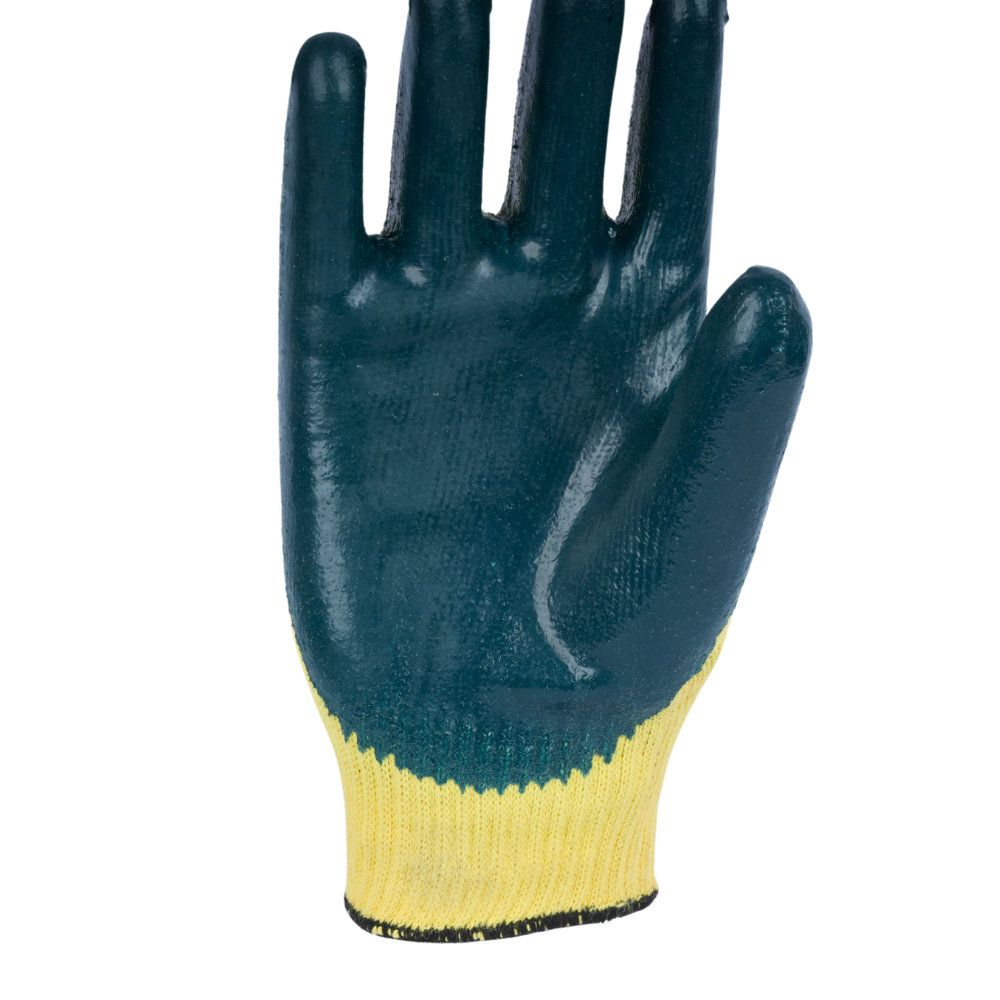
USEFUL IN THESE INDUSTRIES
MANUFACTURING
MATERIAL HANDLING
IRON & STEEL
HEAVY ENGINEERING

Product Features
ABOUT THE DESIGN
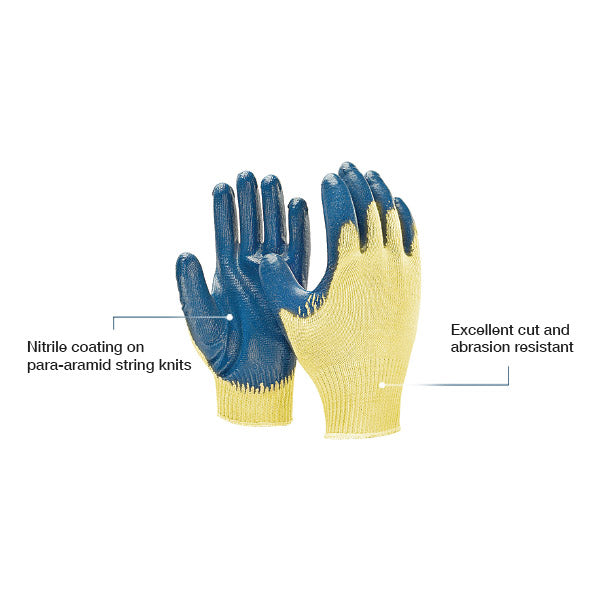
USEFUL IN THESE INDUSTRIES
MANUFACTURING
MATERIAL HANDLING
IRON & STEEL
HEAVY ENGINEERING
Product Details






